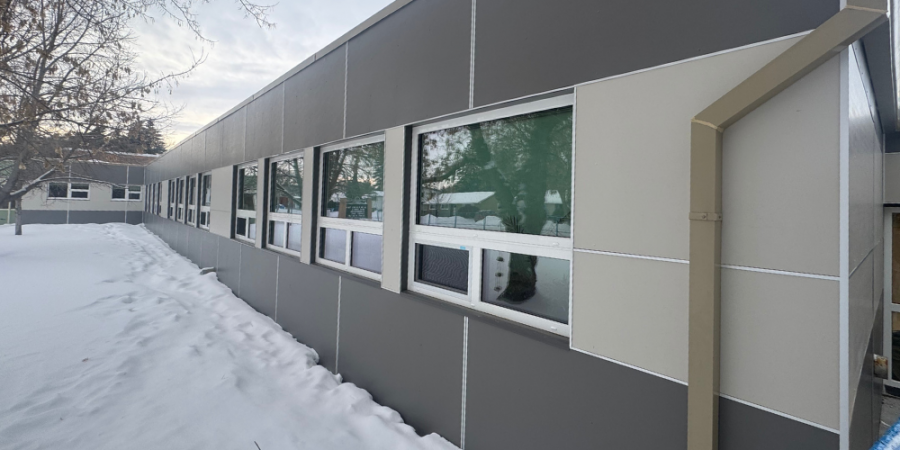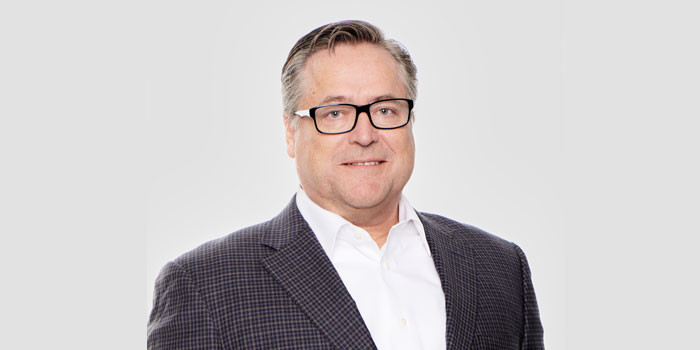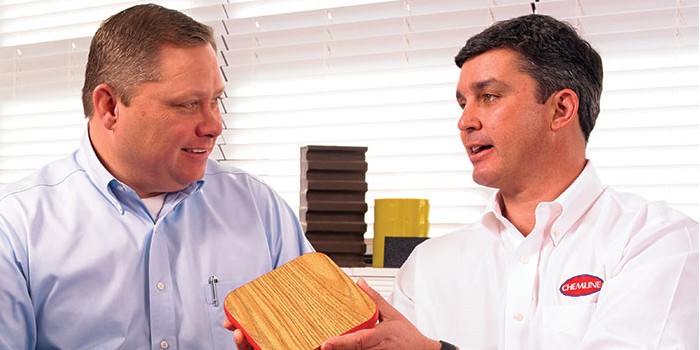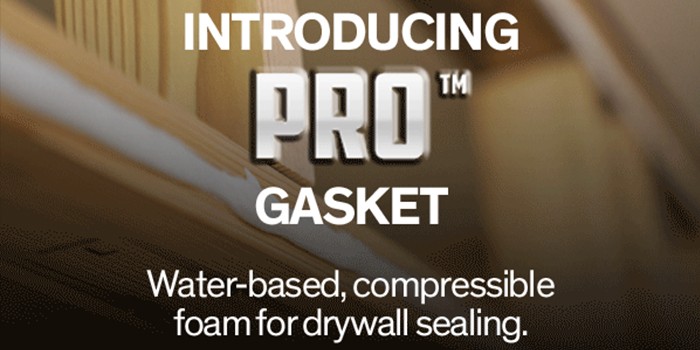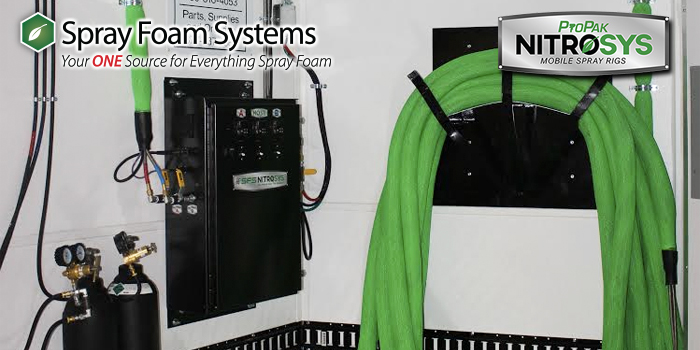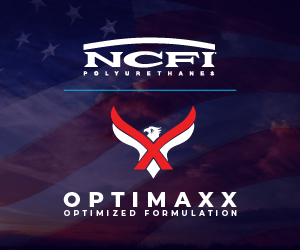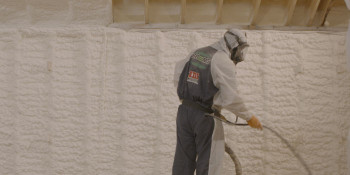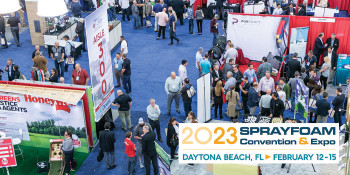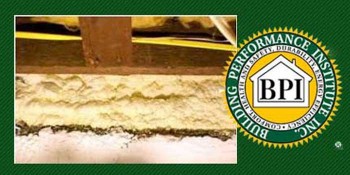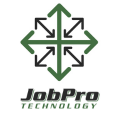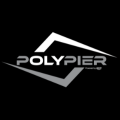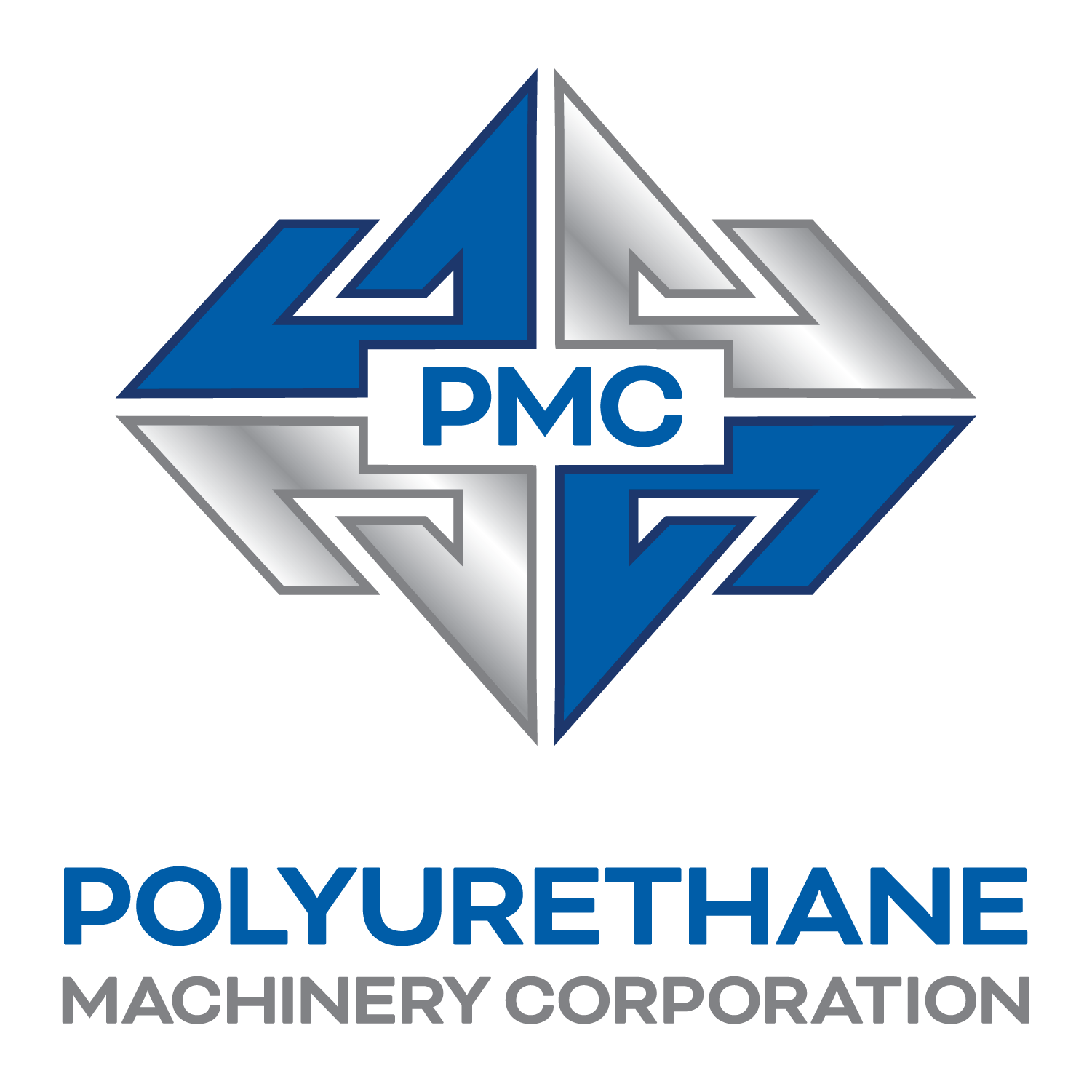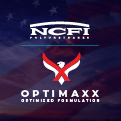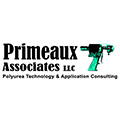Modern Mining


Spray Foam Magazine – Late Summer 2025 – Some jobs are so routine and straightforward that savvy spray techs can take care of them with eyes closed and hands tied behind their back, without even breaking a sweat. Then there are other jobs that, for one reason or another, are so challenging the spray teams break into a cold sweat just thinking about it. The issue is it’s often hard to tell which type of job you’re heading into until you’ve already arrived on-site. BioTex Foam Insulation of Taylor, Texas, knows this all too well.
Like most business owners, Jarod Amon doesn’t flinch from a challenge, and neither does his team. BioTex Foam has been in business since 2006, and after working in and around Austin, Texas, for that long, they are no strangers to the heat. Amon and his team are well-prepared to deal with the heat on any given day, but this got put to the test on a recent job where they installed closed-cell foam and a thermal barrier to the interior walls of two server buildings at a cryptocurrency facility in Corpus Christi, Texas. Inside the facility, temperatures rarely dipped below 115°F, putting the team’s Texan heat tolerance to the test.
Data centers are constantly outputting heat due to the endless server racks lining the building’s metal walls. Amon explained that the $250 million in equipment makes the buildings almost impossible to fully cool: “Even with the buildings shut down, they aren’t ever completely off and are always cranking out BTUs.”
Getting the temperature to go below 115°F is a rarity only reserved for the night and early morning. During the day, temperatures regularly soared above 120°F.
Amon also noted that it was unusually warm for April. “I think we were just unlucky with a little spell of heat that week,” he said. Still, BioTex persevered, determined to deliver.
BioTex was hired to do the job by CleverCoat, and was referred to CleverCoat by Matt Dickinson from Polar Farms. Both CleverCoat and Polar Farms were working on resealing the data center’s roof, and the roofing crew had gotten off easy. They’d had the luxury of working outside in the Texas heat. Inside the data center, Amon and his team had an entirely different experience.
The data center’s primary goal was to optimize their equipment performance, and lowering the heat was the most practical way, so BioTex was tasked with installing one and a half inches of UPC HFO 2.0 closed-cell foam, followed by a coating of DC315 thermal barrier to the metal exterior walls—from inside the facility. They knew that it got hot, and that the earlier they could get started, the better. If they wanted to work in an environment slightly cooler than 115°, they’d need to begin between the magical hours right before dawn, when the dark of night had reduced the temperatures to as low as they’d be going to get for the remainder of the day.
As if the heat wasn’t enough to contend with, they were on a tight schedule and could only spare two days of recovery downtime between each of the two buildings, whose sizes clocked 75 x 200 sq. ft. with 14-ft. walls. Both full-time SPF crews arrived diligently on-site in the early morning hours ready to get to work.
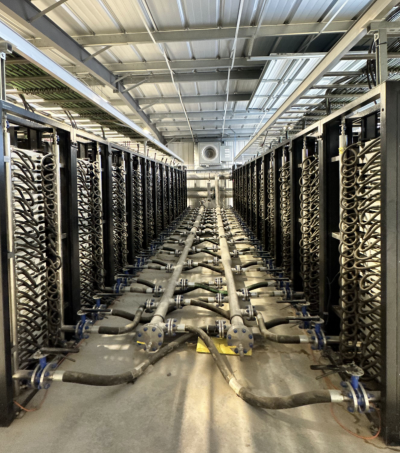
Many wires and cables run from each server rack. The piping keeps the cables managed and out of site.
The most difficult part of the job was the prep work. All of the equipment, pipes, and other fixtures needed to be carefully covered in poly before spraying could begin. The buildings were shut down as best as could be, but never long enough for the buildings to get back to a more comfortable temperature for humans. Masking hundreds of millions of dollars in tech in 100+ degree temperatures at 4:00 AM is a tough sell, but BioTex took it to the bank.
Despite the heat, they didn’t rush or cut corners, knowing how vital the equipment was to the operation. A single drop of foam could wreak havoc. They covered everything inside with poly masking and were absolutely painstaking in their prep work. After that intense of a prep session, spraying the foam was a breeze.
Luckily BioTex has a serious set-up to finish challenging jobs like this in a hurry without affecting quality. Inside their WW 28' GN enclosed trailers, they have PMC PH2 reactors and run Winco 40/40 gen set/ screw compressors in both.
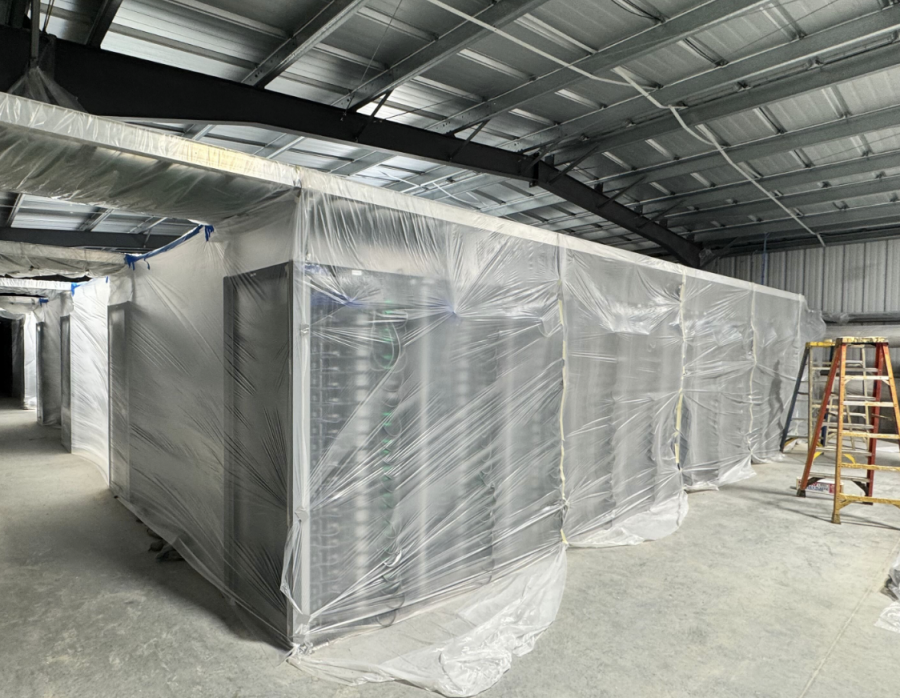
The racks and sensitive equipment are covered neatly in poly wrap, impenetrable to stray drops of foam overspray.
Never before had the PPE felt like more of a necessary evil than at this job. Still, they suited up reluctantly in protective coveralls, and respirators and masks by 3M, plus fresh air monitors. This setup combined with taking extra hydration breaks, kept every sprayer as comfortable as possible. They powered through in just four days, working over 12 hours sometimes and not finishing up until 5:00 or 6:00 PM.
From inside, the two spray teams ran all three of the company’s PMC PH2 reactors and installed one and a half inches of UPC HFO 2.0 closed-cell foam to all the exterior walls. After the foam cured, they applied a coating of DC315 thermal barrier to the foam—a crucial step for buildings like crypto mines housing so much powerful electrical and computing equipment.
While the job was tough, Amon said spray foam was the most feasible product given the environmental conditions. It allowed the team to get in and out relatively quickly without much disruption to the servers. “The foam loved the heat... our installers, not so much.” Amon said, adding, “Boy am I glad it’s done.”
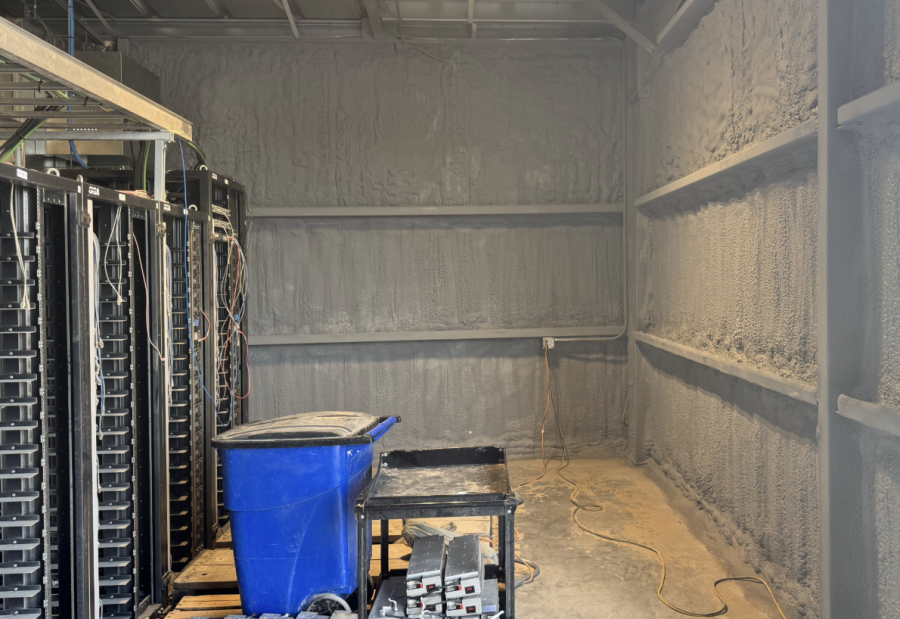
After the foam was installed and the coating applied, the inside temperatures dropped by about 40°F.
Not only did the foam really agree with the heat, Amon said that the inside of the building dropped about 40° post-installation, even though outdoor weather conditions were exactly the same as before. Feeling that big of a result firsthand was like taking a breath of cold, fresh air—an indisputable sign that they’d done well in spite of the oppressive heat over the last four days.
Amon’s parting wisdom is to know your worth when it comes to taking on these types of cryptocurrency data center jobs. As cryptocurrency, AI, and other tech continue to advance, these sprawling centers are going to keep getting hotter, and their insulation needs will abound. And that spells big business for companies like BioTex who can stand the heat.
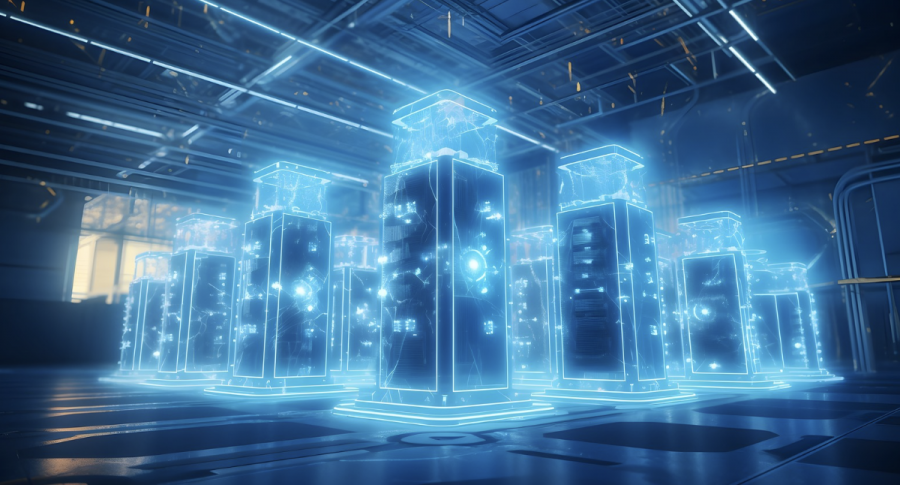
Disqus website name not provided.





